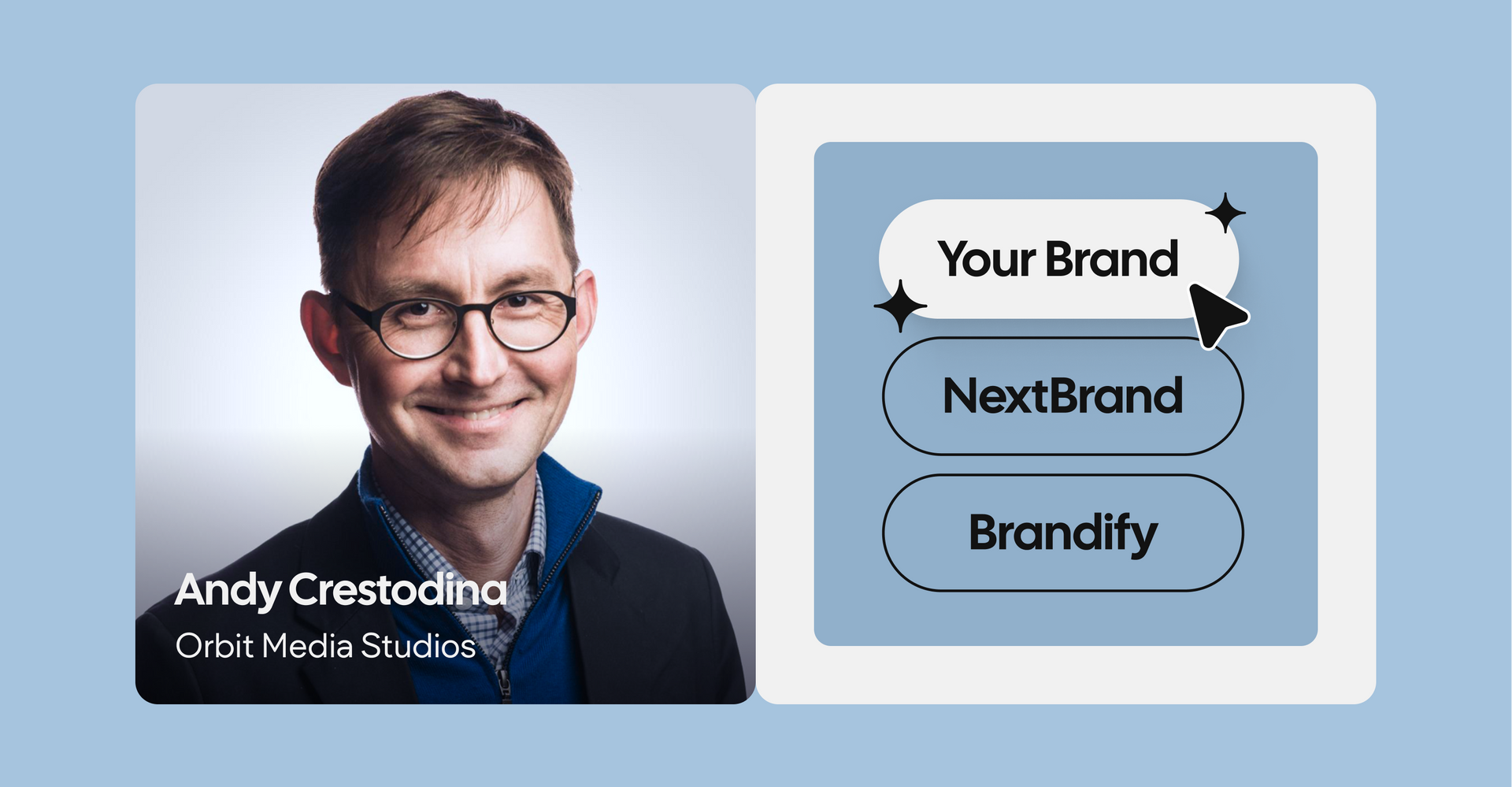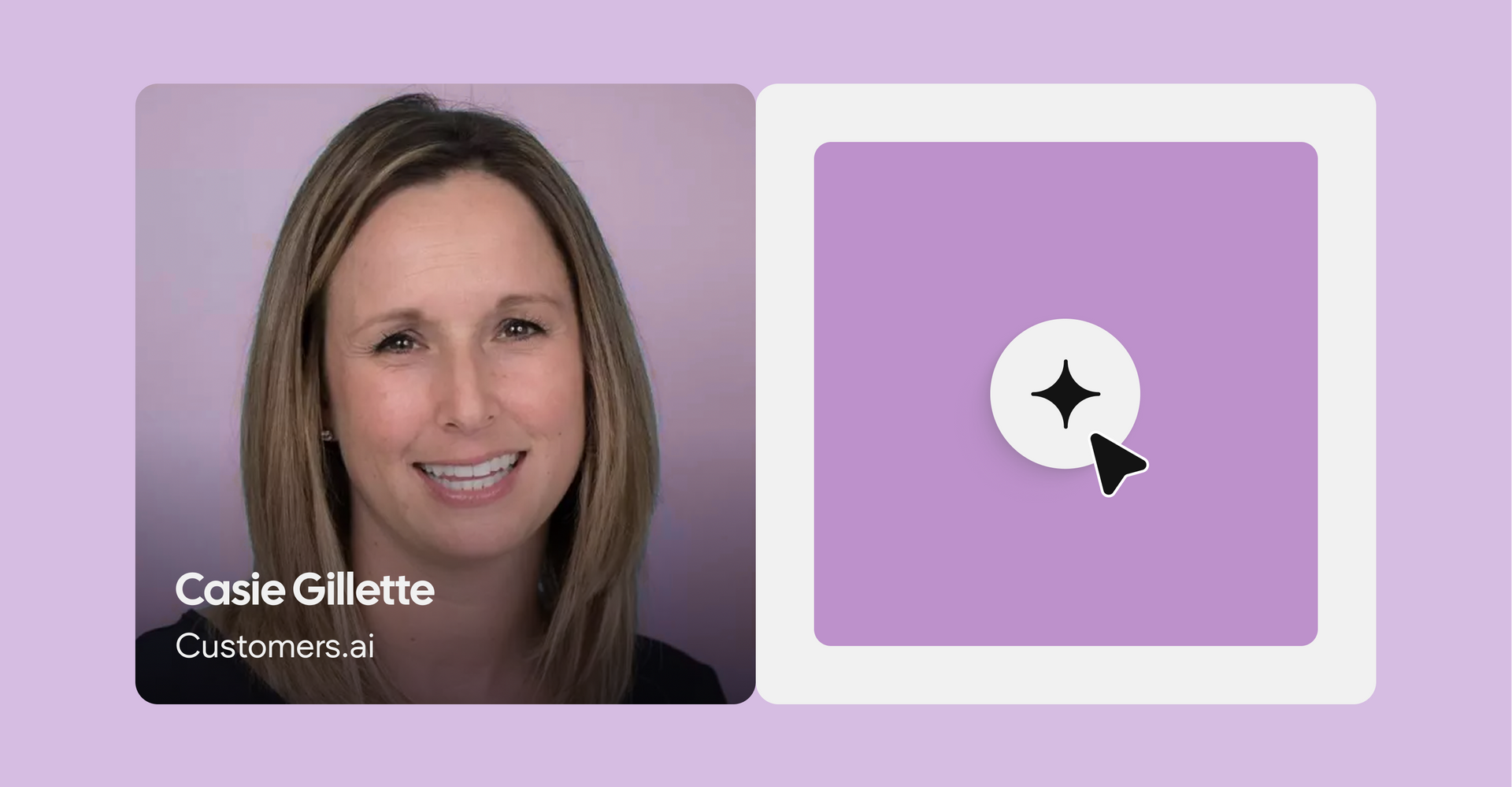This article is an adaptation of a session hosted by Casie Gillette, Santi Clarke, and Purna Virji during our “5 Hours of SEO and Content” mega-webinar. The complete session is available on-demand at
duda.co/webinars.
The third session of Duda's mega webinar, "Crafting multi-channel stories that search engines and humans love," featured insights from industry veteran Casie Gillette and Duda's Director of Content and Communications,
Santi Clarke. Their discussion centered on the evolving landscape of content creation in the face of increasing AI influence and the importance of developing a multi-faceted approach that resonates with both search algorithms and human audiences. Gillette began by illustrating the limitations of traditional SEO-focused content strategies, sharing an example of a blog post that once ranked well and garnered significant traffic but was completely overshadowed by an AI overview in search results. This highlighted a crucial point: relying solely on a single blog post optimized for a specific keyword may no longer be sufficient in a search environment increasingly populated by AI-generated answers.
In response to this shift, Gillette advocated for a paradigm shift towards a multi-channel content strategy. Instead of creating a singular asset and hoping it captures all relevant traffic, the focus should be on developing a core piece of content, such as comprehensive guides, and then strategically repurposing and adapting its information across various formats and platforms. She provided a compelling example of transforming an email capture guide into dedicated blog posts targeting longer-tail keywords, a short and engaging video for platforms like Reels and TikTok (remarkably featuring an AI-generated avatar), and social media updates designed to increase visibility. While the original guide might not achieve top rankings due to AI overviews, the combined efforts of these diverse assets led to increased keyword visibility, traffic from multiple channels, and, most importantly, demo requests from organic sources. This underscored the power of a cohesive content ecosystem where different formats support and amplify each other.
A significant aspect of this new approach is the strategic utilization of AI tools to
streamline content creation and repurposing. Gillette emphasized that it has never been easier to produce content in various formats, thanks to advancements in AI. She showcased how tools like GPT can be used to quickly generate new blog post ideas and outlines from existing long-form content like ebooks. Furthermore, AI image generation tools like
GPT,
Grok, and
Meta AI can rapidly produce visuals for blog posts and social media, significantly reducing the time and resources traditionally required. The session also highlighted the power of AI-driven video repurposing tools such as
Opus Clip, which can automatically extract key moments and create short, engaging video clips optimized for different social platforms from
longer recordings like webinars. Gillette even shared a surprising example of a blog post being autonomously transformed into a podcast using AI audio generation tools like
Monica, demonstrating the expanding possibilities for reaching audiences through different mediums.
Clarke contributed valuable insights on evolving content strategy beyond simple keyword targeting. She emphasized the need to move away from solely focusing on high-volume keywords and instead adopt a more holistic strategy aligned with business outcomes. This involves understanding user intent and creating valuable content that truly meets their needs, rather than just trying to rank for specific terms. She echoed the importance of being present in relevant online communities, not just for promotion, but for genuine engagement and understanding audience pain points and interests. By actively participating in platforms like Reddit, content creators can identify unmet needs and tailor their content accordingly, potentially uncovering new avenues for visibility and engagement within the changing search landscape.
The discussion also touched upon the enduring importance of topical authority in conjunction with a "search everywhere" optimization strategy. Building a comprehensive body of content around core topics remains crucial for demonstrating expertise to both search engines and AI models. This involves creating a network of interconnected content that delves deeply into various facets of a subject, catering to different levels of user understanding and intent. Furthermore, both Gillette and Clarke stressed the significance of understanding where your audience spends their time online and meeting them on their preferred platforms, even if those platforms are not traditionally considered primary SEO channels. Testing different platforms and content formats is essential to discover what resonates best with your target audience.
In her concluding remarks, Gillette reiterated that the fundamental principles of good marketing remain vital. This is advice you’ll hear countless times throughout the full webinar, from nearly every speaker. While AI provides powerful tools and necessitates strategic adaptation, the core goal remains to create valuable, engaging content that connects with human audiences. By embracing a multi-channel approach, leveraging AI for efficiency and creativity, and focusing on understanding and serving user needs across various platforms, content creators can navigate the evolving digital landscape and continue to thrive in the age of AI-enhanced search. The session served as a powerful reminder that while the tactics of SEO and content marketing may change, the underlying principles of providing value to human beings remain constant and are more critical than ever in building sustainable success.











